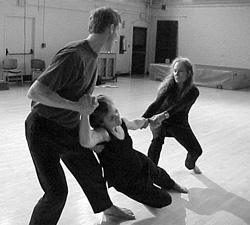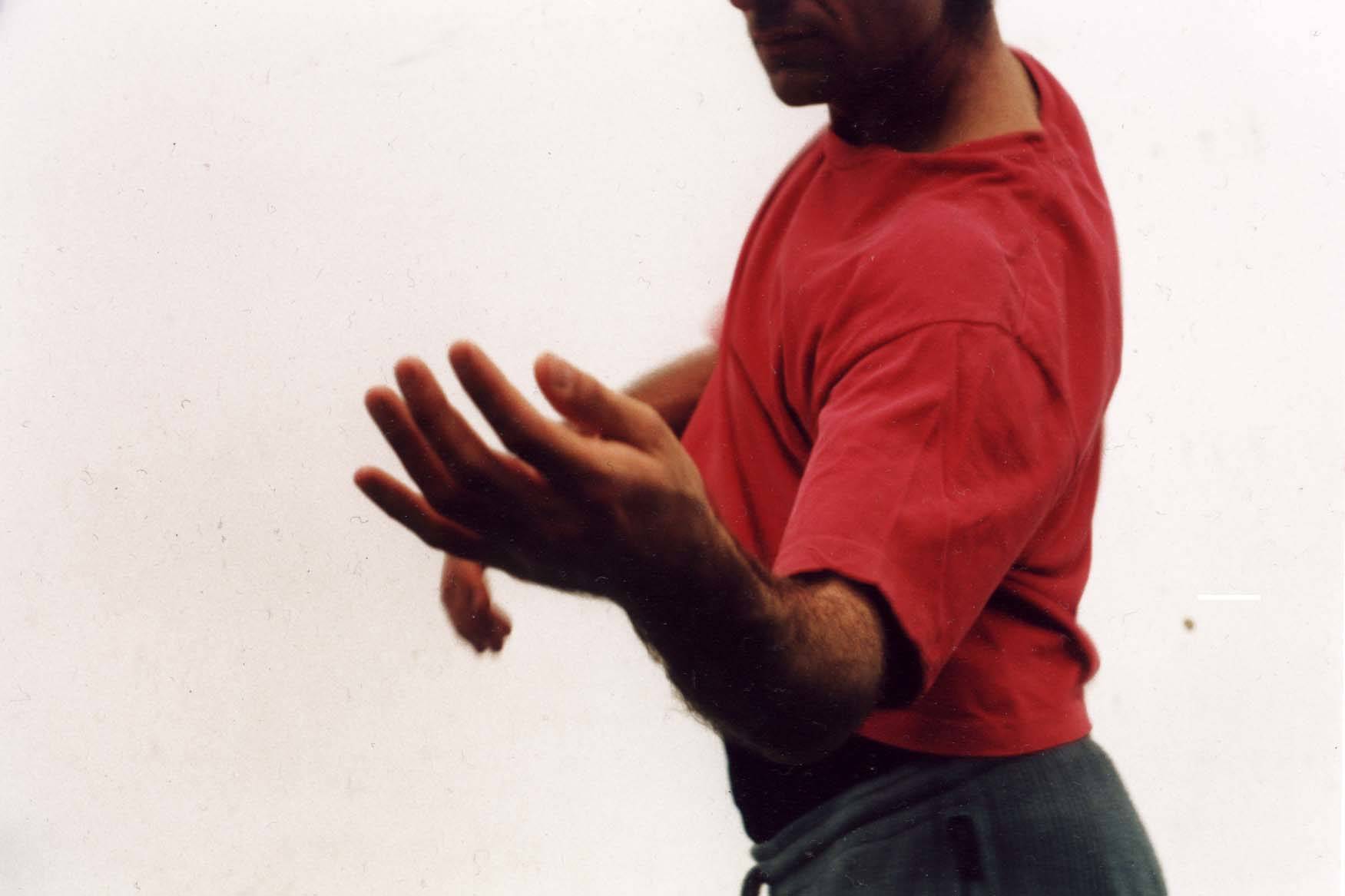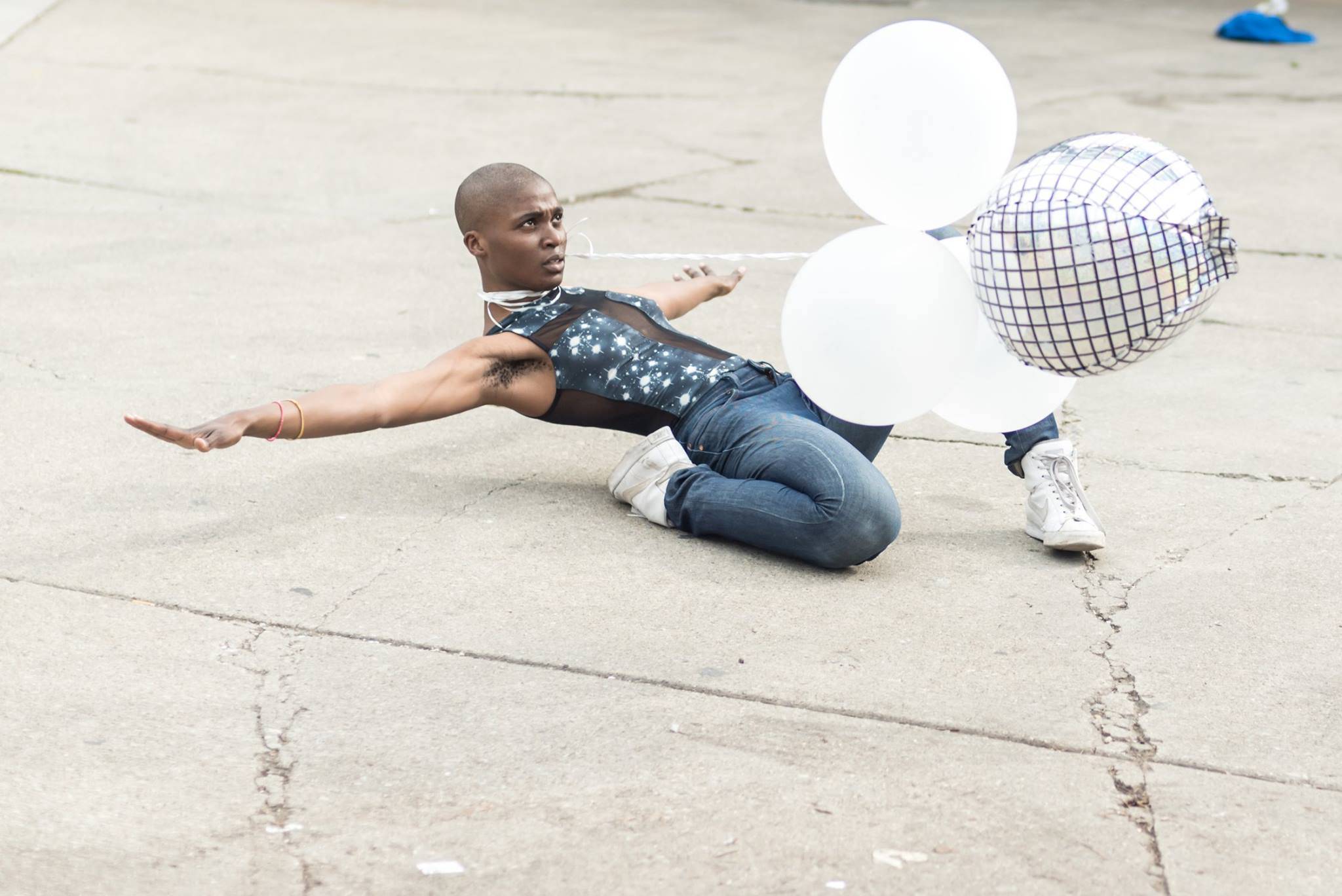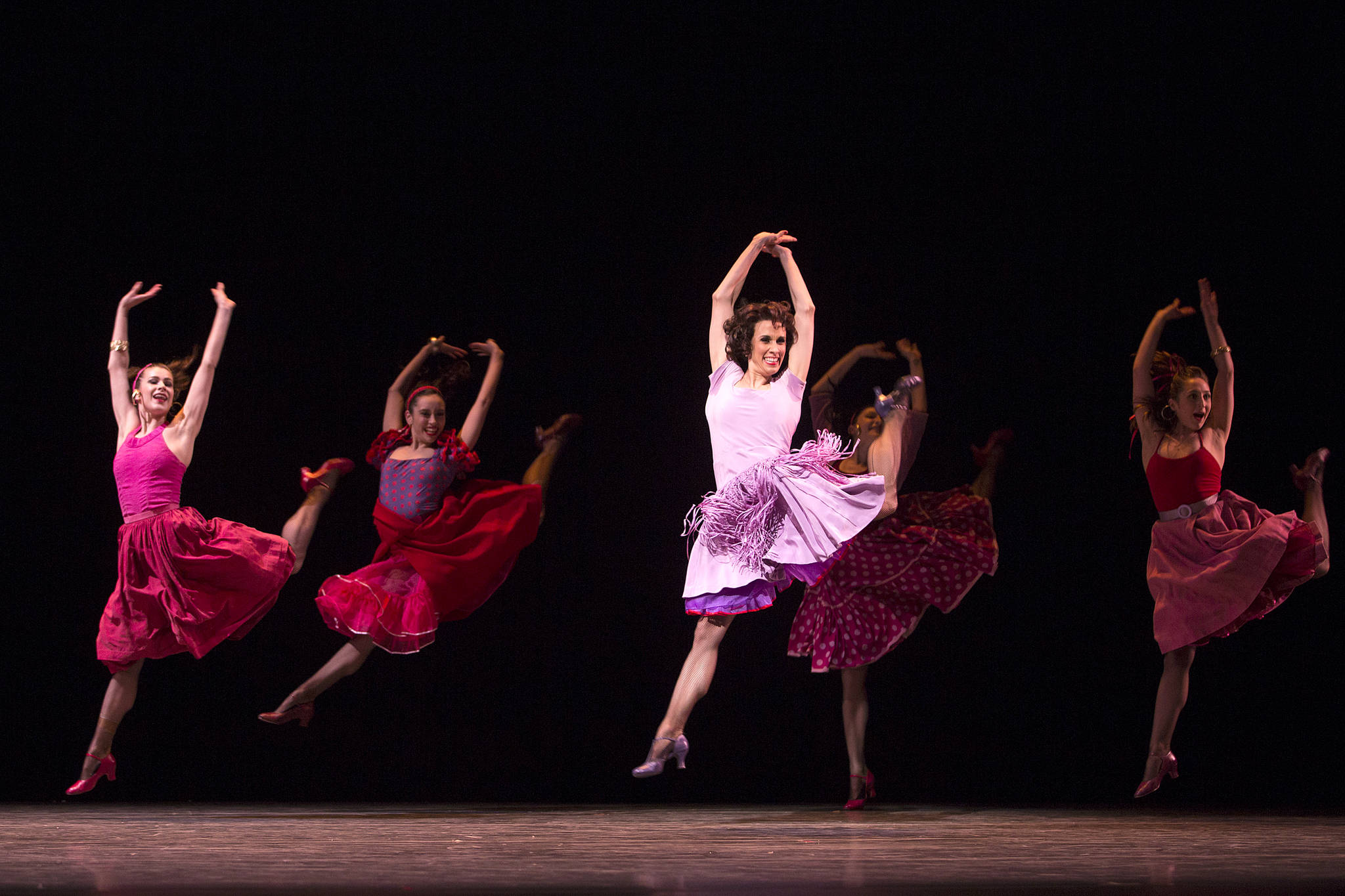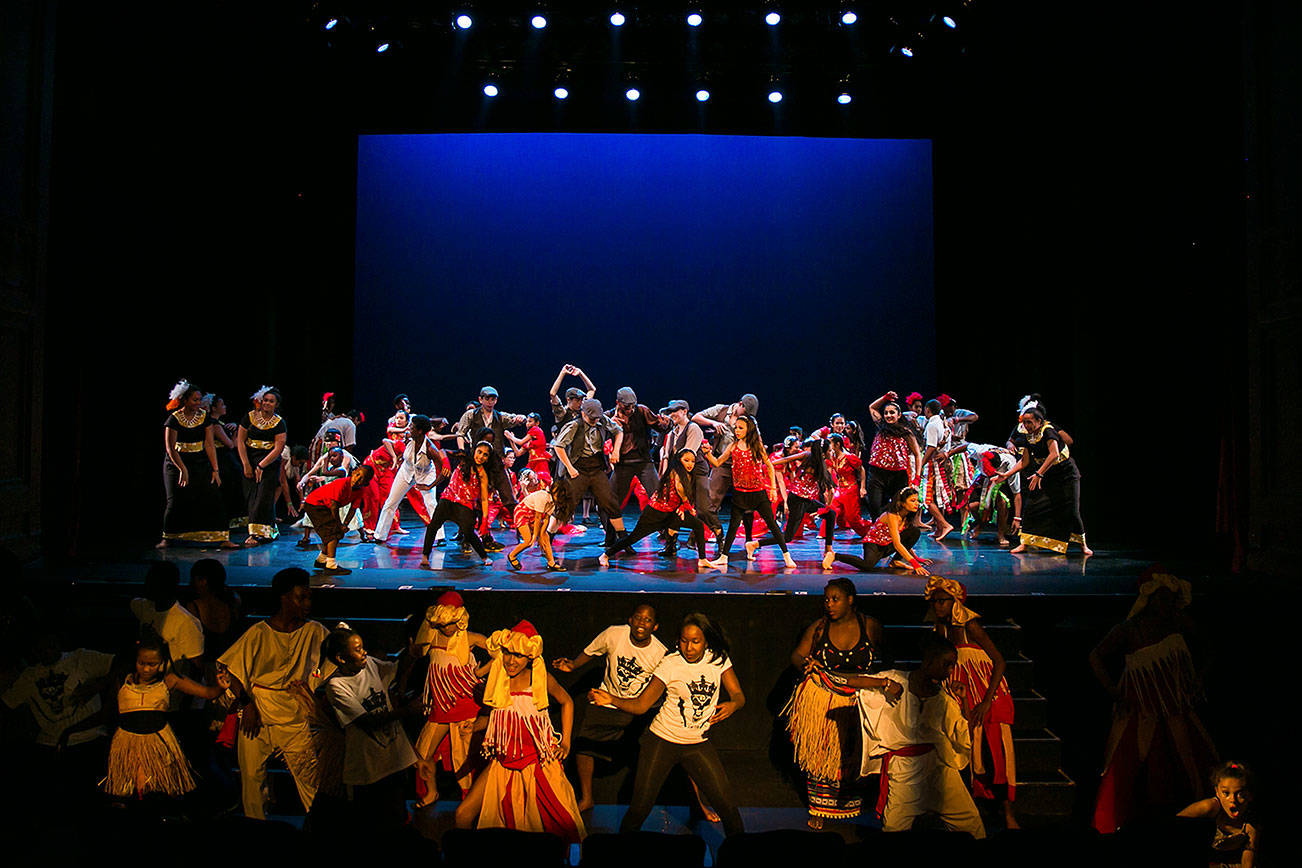The timing of Myra’s War (opening Thursday, April 3 at UW’s Meany Hall Studio Theater; call 206-543-4880), a new dance theater work by Robin Hunt, Peter Kyle, Steve Pearson, and Maria Simpson, is almost too appropriate. To take a work about the role of artists in times of crisisbuilt around the experiences of pianist Myra Hess, who performed in London during the Blitzand premiere it in the third week of the U.S. invasion of Iraq, is, as Simpson puts it, “awful” and “creepy.”
It’s also very, very difficult. International chaos has placed a work that was first conceived as a reflection on 9/11 into a more immediate context, stacking it up with our freshly heightened sensitivity to the results of wartime violence. It’s challenging enough to get the kind of perspective you might need on those previous experiences to see this work thoughtfullyto thrust the piece into the rawest of current events ratchets the temperature up exponentially.
Kyle and Simpson were in New York City in September 2001, part of the crowd of people who fled uptown as the second tower at the World Trade Center fell behind them. Later, as they were e-mailing with Hunt and Pearson, their colleagues at the University of Washington, they were searching for some way to make sense of how the world had changed and, as Hunt says, “what we [artists] should do to be of some use.” They recognized a similar desire to make art useful in Hess, an internationally acclaimed musician who left her touring career to produce a series of over 1,500 daily concerts in wartime London and who referred to the work as her national service. The artists’ fascination with Hess led to a series of lectures (on London in wartime and the role of the artist during such crises) earlier this year at the UW and a piano recital of work from Hess’ repertoire, all sponsored by the Simpson Center for the Humanities, before culminating in this new production.
The piece is structured around the anatomy of an explosion, using the methodical account of a BBC employee caught in the blast of a land mine. From an initial silence, through to his description of the shrapnel cutting into his face, and finally to silence again at the end, the man’s story is all the more disturbing for being so orderly.
Based on a recent partial rehearsal, Myra’s War is, like the best academic work, full of carefully gleaned details. Postures are copied from period photographs, scenes in air-raid shelters and homes are reconstructed from historical documents. The choreographers chose to use the eminently recognizable opening of Beethoven’s Fifth Symphony; it was popular during WWII in part because its rhythmic pattern (dit, dit, dit, dah) matches the letter “V” (for “victory”) in Morse code. The performers speak the words of their counterparts from the past, stand in their shoes, and re-enact their experiences.
The vignettes are almost all taken from firsthand accountsthe oral histories of ambulance drivers and office workers caught up in horrific situationsbut in their translation to the stage, some of the chaos we are learning to recognize from contemporary war reportage is missing. During rehearsal of a section about escaping a collapsing building, Pearson shows the cast a photo of just such a trauma. One of the dancers remarks, “I need to run a lot faster”but, of course, there’s no way in hell she can run fast enough.
